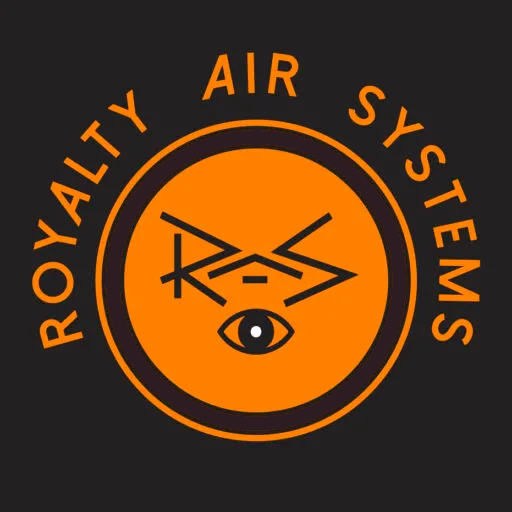| 224 Milvan Dr, Unit D, Toronto, ON M9L 2A5 | (416) 669-7381 | royaltyairsystems@gmail.com |
Gas Line Services
By hiring us, you are directly making a difference in helping seniors get more affordable rates. Call Diego today!
Underground Piping
Underground gas lines are an efficient and safe way to power your pool heater, ensuring a consistently warm and inviting pool temperature throughout the swimming season. Our team of experienced professionals handles the complex process of installing these lines. This involves careful planning to determine the best route for the line, digging trenches, laying durable pipes that are resistant to corrosion and damage, and backfilling the trenches. We ensure a secure and leak-free connection to your pool heater, providing you with a reliable and efficient heating solution that complies with all local safety codes and regulations
BBQ
A dedicated gas line for your BBQ offers the convenience of a constant fuel source, eliminating the need for propane tanks. We install this line safely and efficiently, ensuring it’s properly connected to your BBQ and that the gas pressure is correctly regulated. This allows you to enjoy uninterrupted grilling sessions, perfect for hosting family gatherings or simply enjoying a meal outdoors. With a dedicated gas line, you’ll never have to worry about running out of propane in the middle of cooking again.

Stoves
A gas stove offers precise heat control, making it a preferred choice for many cooking enthusiasts. We install a dedicated gas line for your stove, ensuring it’s properly connected and safe to use. Our installation process involves checking the gas pressure, ensuring the stove is level, and testing all burners and oven functions. This ensures your stove operates efficiently and safely, providing you with the optimal cooking experience.

Tankless Water Heaters
Tankless water heaters, often referred to as on-demand or instantaneous heaters, provide hot water only when needed. These heaters are known for their efficiency and ability to provide a continuous supply of hot water. Unlike tank-based models, they don’t store hot water, which means there’s no standby energy loss. For gas-powered tankless water heaters, a dedicated gas line is crucial. We ensure it’s connected correctly and safely. Our installation process involves checking the gas pressure and testing the unit to ensure it delivers water at the right temperature. This ensures your tankless water heater operates at peak efficiency, offering a reliable and instant hot water supply.

Domestic Water Heaters
Domestic water heaters come with a storage tank that holds and heats water. A gas water heater can provide hot water more quickly and efficiently than its electric counterparts. With our installation, a dedicated gas line is provided to your water heater to ensure safety and efficiency. The installation process includes making sure the water heater is perfectly level, checking the gas pressure, and testing the unit. This guarantees your domestic water heater operates optimally, giving you a consistent hot water supply whenever you need it.

Furnaces
A gas furnace is a reliable and efficient way to heat your home during the colder months. We install a dedicated gas line for your furnace, ensuring it’s connected correctly and safely. Our installation process involves checking the gas pressure, ensuring the furnace is level, and testing the unit to ensure it heats your home to the correct temperature. This ensures your furnace operates efficiently, providing you with a comfortable and warm indoor environment.

Gas Dryers
Gas dryers can dry clothes more quickly and efficiently than electric models. We install a dedicated gas line for your dryer, ensuring it’s connected correctly and safely. Our installation process involves checking the gas pressure, ensuring the dryer is level, and testing the unit to ensure it dries clothes efficiently. This ensures your dryer operates at its best, providing you with quick and efficient drying cycles.

Patio Heaters
A gas patio heater can extend your outdoor living season by providing warmth on cooler days and nights. We install a dedicated gas line for your patio heater, ensuring it’s connected correctly and safely. Our installation process involves checking the gas pressure, ensuring the heater is level, and testing the unit to ensure it heats your outdoor space effectively. This allows you to enjoy your outdoor space in comfort, even during cooler weather.

